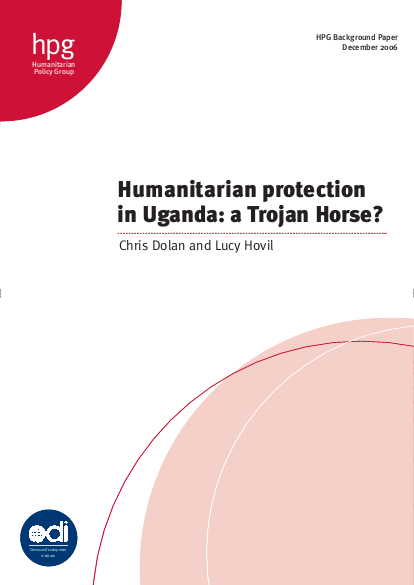
For nearly two decades, the international community ignored the situation in northern Uganda, with increasingly catastrophic consequences for the civilian population there. For the last two years, however, it has come under the international spotlight: in late 2003 the north found itself re- designated as one of the world’s worst humanitarian crises, following a visit by the UN’s Under-Secretary General for Humanitarian Affairs, Jan Egeland. Since then, there has been an influx of humanitarian organisations, many of whom describe some or all of their work as ‘protection-oriented’. This reflects increased international awareness of the rights dimensions of external intervention. It is also an important, albeit belated, response to the fact that what Egeland portrayed as a ‘crisis’ is in fact the predictable symptom of systematic, systemic and long-standing failures in protection by key actors. A further indication of changing perceptions was the UN’s choice in 2005 of northern Uganda to pilot new approaches to the protection of internally displaced persons and the coordination of such activities.
The arrival of humanitarians who, if they restricted themselves to traditional relief activities would be seen by the host government as a relatively harmless ‘gift’, has in this case been something akin to the arrival of the Greeks’ legendary horse in the city of Troy: what initially appeared a harmless gift has in fact proved to contain elements which have substantially weakened the government’s grip on the situation in northern Uganda and, by extension, its responsibility for the safety of civilians there.
